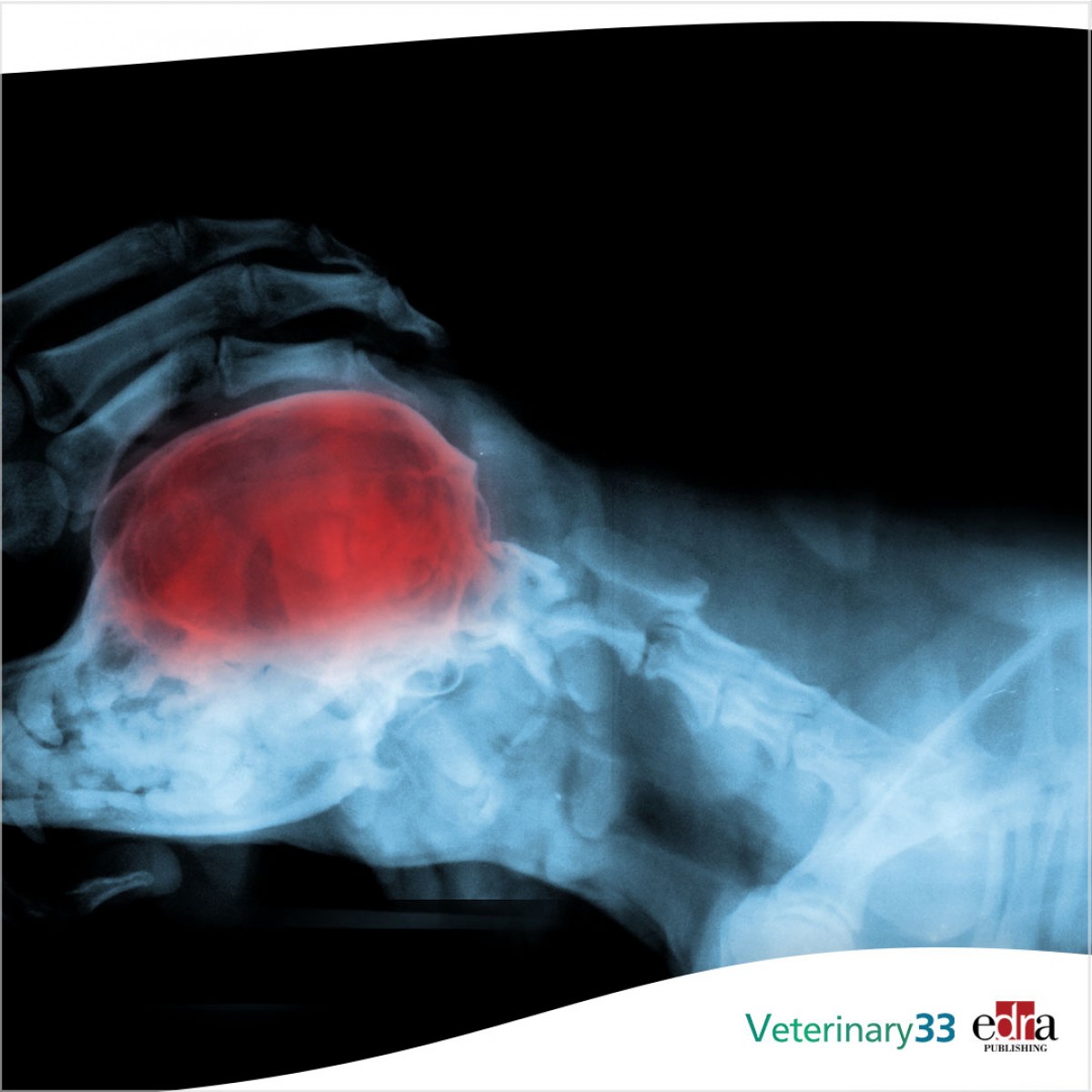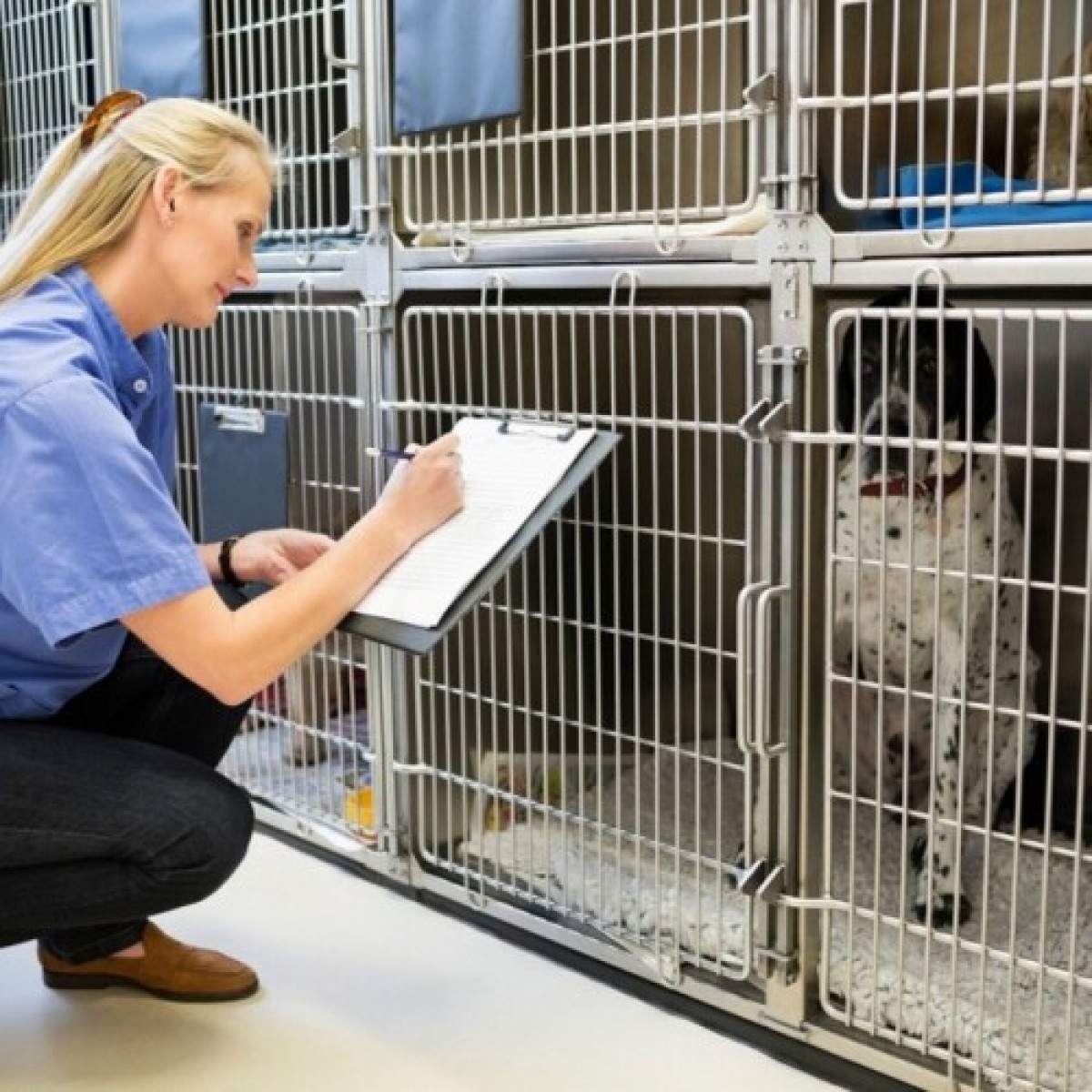Effects of contact with a dog on prefrontal brain activity
There is a broad range of known effects of animal contact on human mental and physical health. Neurological correlates of human interaction with animals have been sparsely investigated. In this study, researchers investigated changes in frontal brain activity in the presence of and during contact with a dog.
Twenty-one healthy individuals each participated in six sessions. In three sessions, participants had contact with a dog, and in three control sessions they interacted with a plush animal. Each session had five two-minute phases with increasing intensity of contact with the dog or plush animal from the first to the fourth phase. The research team measured oxygenated, deoxygenated and total hemoglobin and oxygen saturation of the blood in the frontal lobe or frontopolar area with functional near-infrared spectroscopy (SenSmart Model X-100) to assess brain activity.
In both conditions, the concentration of oxygenated hemoglobin increased significantly from the first to the fourth phase by 2.78 μmol/l (CI = 2.03-3.53, p < .001). Oxygenated hemoglobin concentration was 0.80 μmol/l higher in the dog condition compared to in the control condition (CI = 0.27-1.33, p = .004). Deoxygenated-hemoglobin concentration, total hemoglobin concentration, and oxygen saturation showed similar patterns.
Researchers conclude that prefrontal brain activation in healthy subjects increased with the rise in interaction closeness with a dog or a plush animal. Moreover, interaction with a dog stimulated more brain activity compared to the control condition, suggesting that interactions with a dog can activate stronger attentional processes and elicit more emotional arousal than interacting with a nonliving stimulus.
Rahel Marti, et al. “Effects of contact with a dog on prefrontal brain activity: A controlled trial.” PLoS One. 2022 Oct 5;17(10): e0274833. doi: 10.1371/journal.pone.0274833.














List
Add
Please enter a comment